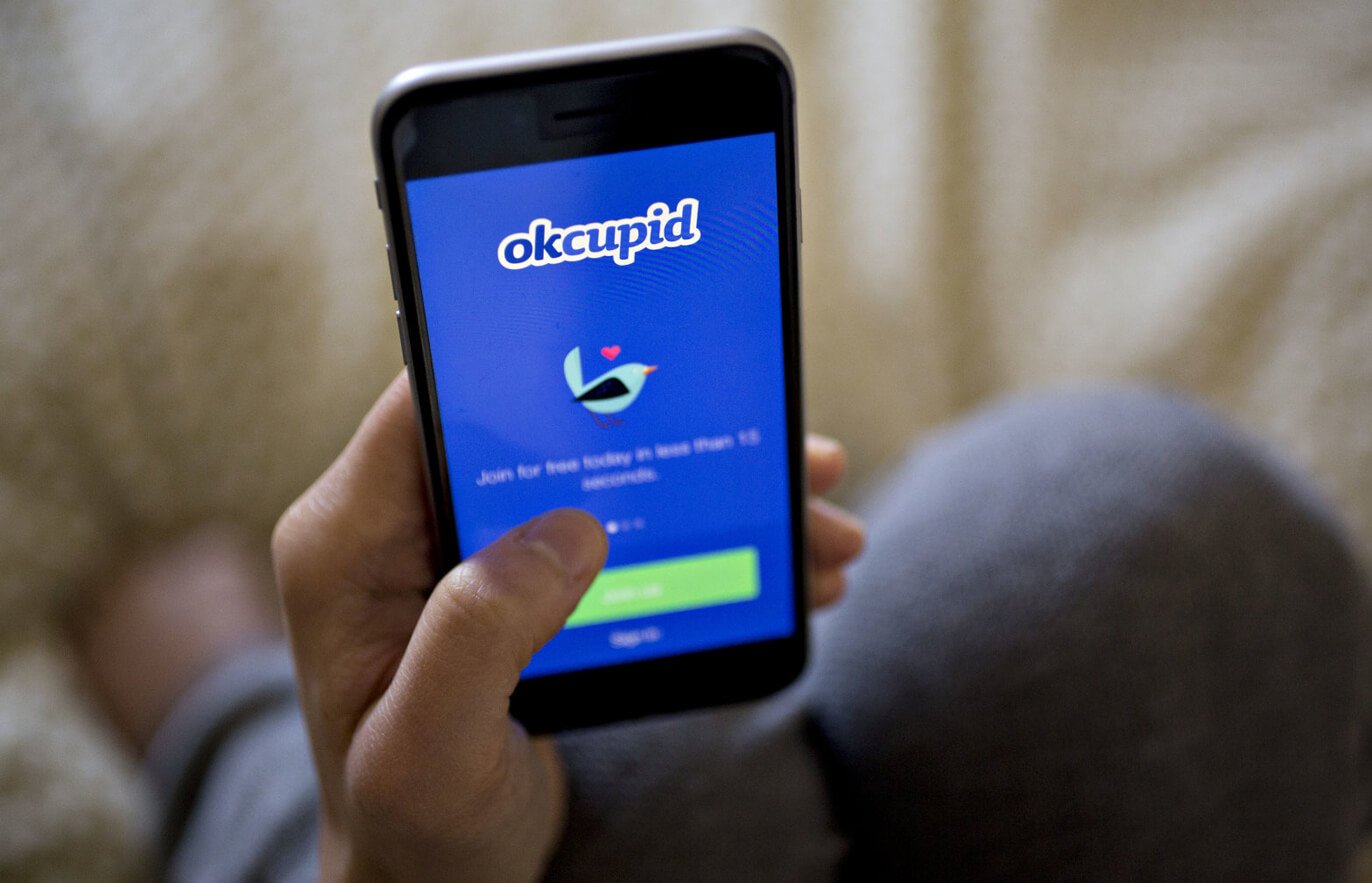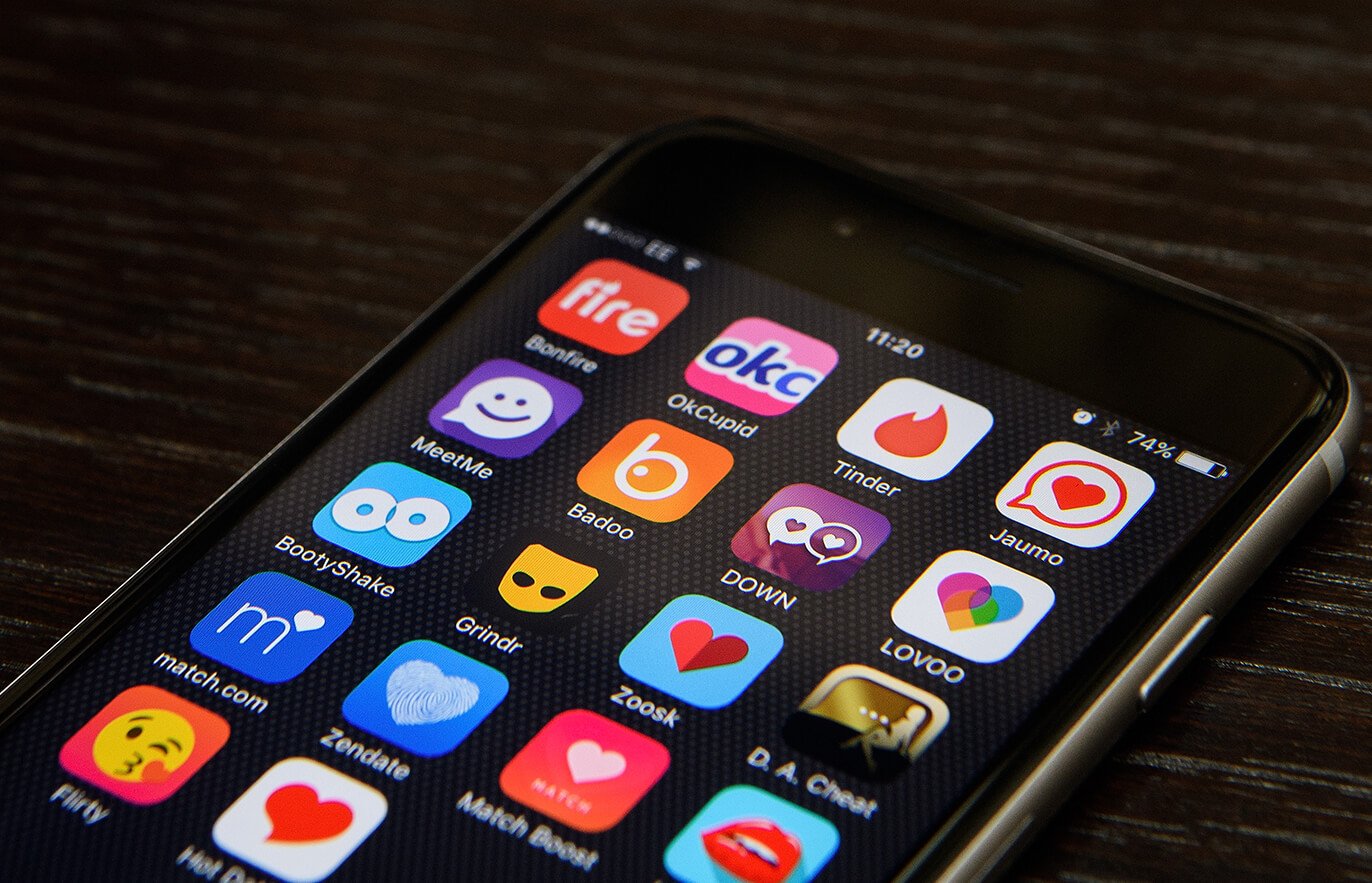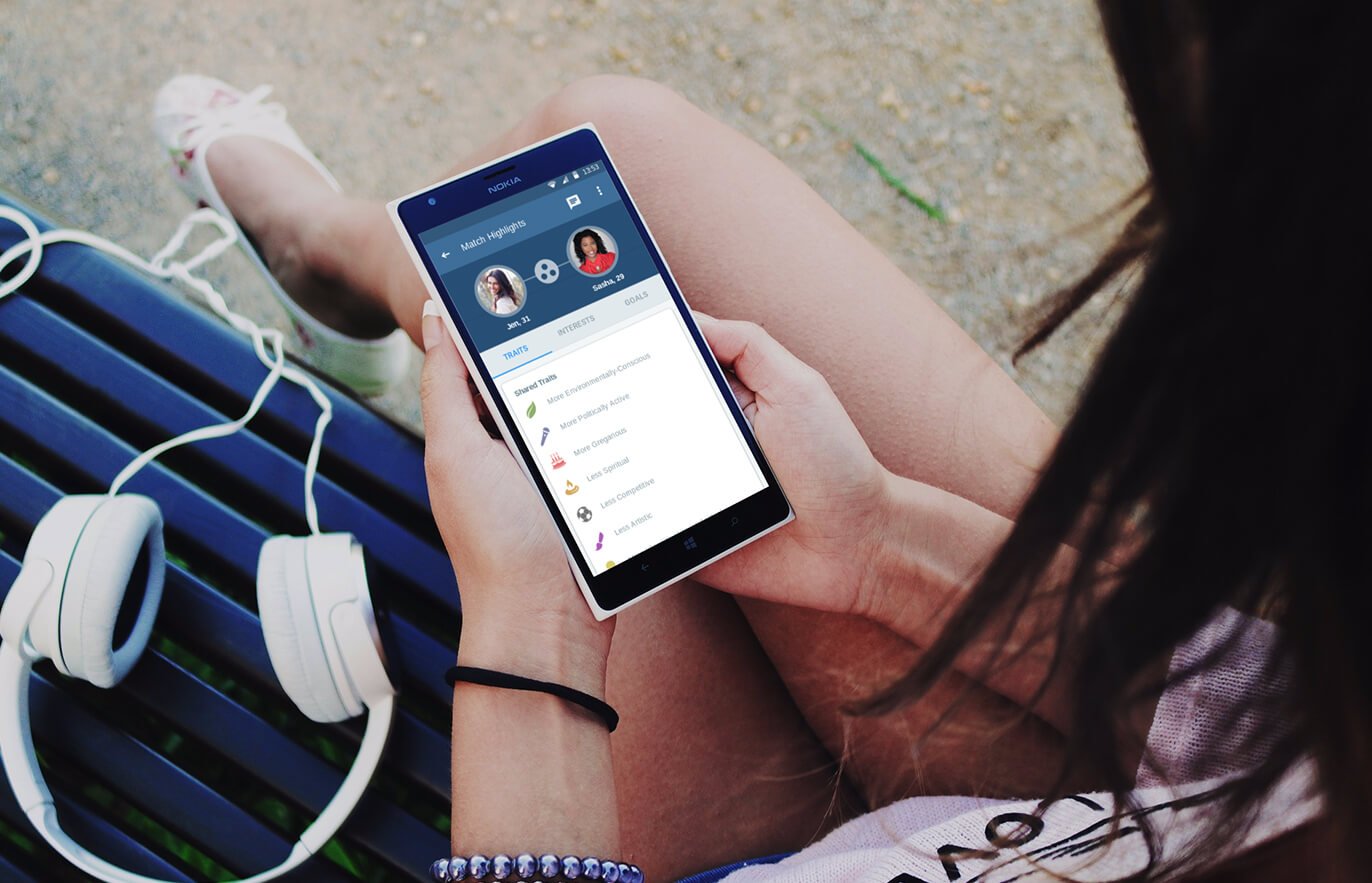
USABILITY OF OKCUPID AND THE VISUALLY IMPAIRED
Online dating is generally a social activity steered towards people who have vision. However, people with blindness and vision impairments are also interested in using dating apps for the same reasons as sighted users. Dating apps are largely image-based, and accessibility to people using screen readers is problematic.
We conducted two observations of users with blindness interacting with the OkCupid mobile application. We also conducted two interviews with the same participants asking them about their opinions on dating apps and general usability and accessibility issues they have encountered, and what could be done to improve their experience with the OkCupid app.
We found that users with blindness experience many difficulties with screen reader accessibility to the app, which resulted in issues navigating and simply using the app’s main features. We compiled all of our observations and were able to arrive at some design recommendations that if implemented, could greatly improve the accessibility of the OkCupid dating app for users with vision impairments.

OBSERVATIONS
Our observations have shown that headings and field descriptors within pages were poorly labeled for screen reader use. When Brian was looking for a specific section of his profile to edit, his screen reader had a difficult time telling him where on the page he was. At times, he was reliant on text field descriptions to tip him off; but even then he encountered the problem of the descriptors being either too wordy or vague. One text field descriptor he highlighted to illustrate the problem stated “I’m a nifty essay, fill me out”, which purpose was impossible to decipher.
We also observed that the poorly labeled headings prevented Brian from quickly skipping to the section he was looking for. If he was looking for a particular section near the bottom of the page, he would have to listen to everything above it before landing on it. Sara found the messages section to be nearly inaccessible because improper labeling caused her to fail to distinguish between messages that were sent or received.

INTERVIEWS
Our interviews with Brian and Sara have given us a better idea of what people with visual impairments look for when it comes to choosing a partner. Both have conveyed to us that while they do not get any use out of visual input, stimulation from some of their other senses actually becomes more important to them. When talking about some of the ways that chatting through an online dating app falls short on a personal level, Sara stated “I don’t know what their voice sounds like, and that’s huge to me.” She likes the idea of meeting people in person and being able to take in how they smell, sound, and what type of energy they give off to see if they may have chemistry.
Both Brian and Sara enjoy reading the profiles of users that have taken the time to write thoughtful and lengthy responses to the questions on their bio pages. To them, detailed descriptions and profiles help them to learn the most about people.

RECOMMENDATIONS FOR DESIGN
We have come up with four recommendations for improving the OkCupid app:
The first recommendation
Ensure that screen readers can access and read all application landmarks, button, and link titles. By specifying ARIA landmark roles, this will help to orientate vision impaired users to where they are on the page. In the navigation menu, ensure that there is a title for each link that can be read by a screen reader. Having a consistent use of headings throughout the pages of the app will help screen reader users to get a sense of the layout and content of each page, and navigate it more efficiently.
The second recommendation
Include a blog-style feature in the OkCupid app where users can write about their day or whatever is on their mind to initiate conversation with other users. The posts would be public to the user’s matches, and matches would be able to comment on the posts. This would let users get to know each other better and more naturally, and be less limited than the generic questions OkCupid requires all users to answer for their profiles.
A third recommendation
Allow screen readers to access messages, both sent and received messages for a user so that they can be read to the user more than once. Including more screen reader accessible feedback to users about who they have messaged before and when would help users recognize who they have messaged in the past and what messages were sent between them.
A fourth recommendation
Inclusion of automatic-generated alt text for images on the app, which would allow screen readers to read accurate descriptions of images to users who are blind, similar to the AAT (automatic alt text) introduced by Wu et. al in their article.

LIMITATIONS OF THE STUDY
Having worked with only a small sample size was an inhibiting factor to our study, and prevented us from generalizing results to a larger population. Our two participants accessed the OkCupid mobile app in different ways. Sara interacted with an iPhone directly and Brian had his iPhone connected to his laptop for easier keyboard access and interacted with the app that way. Brian also informed us he was an experienced coder, who had his workarounds to make the app more accessible for himself.

FUTURE WORK
Future work would include recruiting more participants with blindness who use OkCupid regularly. A usability test would also be a helpful study to learn and observe how participants with blindness go about completing tasks on the app. Consideration for phone type, the user’s methods to access the app, and how advanced they are with technology and code would all be things we would collect data on.

